HASS students have a global focus this week. The younger students are looking at calendars, celebrations and which countries classmates are connected to, around the world. Older students are starting to explore what happened at the end of the Ice Age and the beginnings of agriculture and trade. These students will also be applying the scientific method to practical examinations – creating their own mini Ice Ages in a bowl and making mud bricks.
 Foundation to Year 3
Foundation to Year 3
Our standalone Foundation/Prep classes (F.1) are looking at calendars and celebrations this week, starting to explore the world beyond their own family and gain an identity relative to each other. Integrated Foundation/Prep (F.5) and Year 1 (1.1) classes; as well as Year 1 (1.1), 2 (2.1) and 3 (3.1) classes are examining our OpenSTEM blackline world map and putting coloured dots on all the countries that they and their families are connected to, either through relatives, or by having lived there themselves. It is through this sort of exercise that students can start to understand the concept of the “global family”.
Year 3 to Year 6
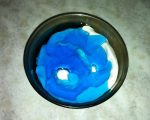
Students in years 3 (3.5), 4 (4.1), 5 (5.1) and 6 (6.1) are consolidating their learning and expanding into subjects, such as Science and Economics and Business. The ever-popular Ice Ages and Mud Bricks activity links to core Science curricular strands and allows students to explore their learning in very tactile ways. Whilst undertaking the activity, students make a mini Ice Age in a bowl, attempting to predict what will happen to their clay landscape when it is flooded and frozen, and then comparing these predictions to their recorded observations, during empirical testing. Students also make their own mud bricks by hand, once again predicting how to make the bricks strongest and testing different construction techniques. We have even had classes test the strength of their mud brick walls under simulated flood conditions, working inside a tidy tray.

Students move on from studying the Ice Age, looking at what happened as the climate changed and global sea levels rose. The pressures that these changes brought to people’s lives is examined by looking at the origins of agriculture with domestic plants and animals. Students consider how people needed to wok together to survive. The cooperative Trade and Barter activity allows students to role play life in a Neolithic village. Faced with a range of challenges, such as floods and droughts, students discover how to prioritise their needs for food to survive the winter, against their wants. They also discover that trade, counting and writing all grew out of the needs for people to exchange items and help each other to survive. This activity covers all the basic concepts in the Economics and Business curriculum, whilst providing a context that is meaningful to the students and their own experiences. Replicating the way that people developed trade, counting and writing in the historic period, the students’ experiences during the Trade and Barter activity lay the foundations for a deeper understanding of the basic concepts of Economics and Business.
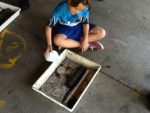

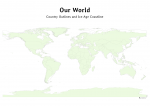 Foundation to Year 3
Foundation to Year 3
 Our youngest students (Foundation/Prep – Unit
Our youngest students (Foundation/Prep – Unit 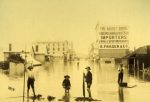
 Foundation to Year 3
Foundation to Year 3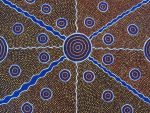 Older students, having followed the
Older students, having followed the 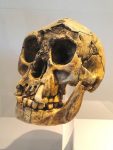

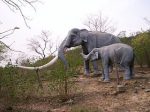

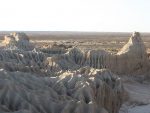
The activities embedded in the programs make the subjects more engaging for the students as well as the teacher.
Trent Perry, Teacher